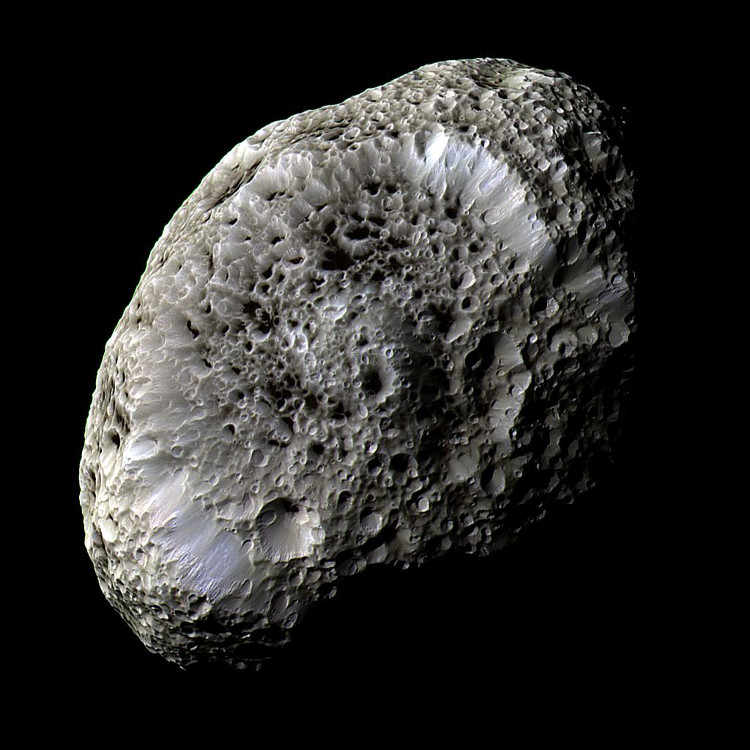What happens when a meteorite is
Apophis meteorite, 370m in diameter, can fall into the Pacific Ocean by 2036, having 65,000 times the impact of Hiroshima's atomic bomb.
70% of the Earth's surface is covered with water, so when a meteor falls, it will surely create a big wave. To better visualize the scale, the research team from the Los Alamos Experimental Institute decided to model the simulator. They use supercomputers to measure the impact of a large rock moving at high speeds when plunging into the sea. The results are contrary to the image of the majority.
Specifically on the ocean, meteorite forces create large waves and they settle down quickly, not creating large pits that can swallow the whole city like the ground. So tsunamis are not a problem, but new steam is dangerous.

Meteorite Apophis.
Accordingly, a strong impact on the ocean surface can bring water vapor into the stratosphere and can affect the climate. Indeed, simulations show that heat from meteorites due to friction with the atmosphere can evaporate millions of tons of water. When entering the troposphere, this steam gathers there and then extreme weather events, increasing the greenhouse effect leading to a change in global temperatures, leading to loss of water resources, coastline and boosting infectious diseases.
This experiment is only applicable to common asteroids in the Solar System. In general, at that size, they create large waves but are still less dangerous. The darkest scenario is that meteorites fall near the coast. While affecting the geology, creating tsunamis hundreds of meters, it will be a terrible disaster.
- Meteorites like 65,000 atomic bombs are about to stab the Earth?
- Things you don't know about meteors
- Find the largest meteorite pieces in Russia
- Flocking to find meteorite fragments in Russia
- The meteorite explosions
- A meteorite as big as the Great Pyramid is about to fly over the Earth
- What is Chondrit meteorite?
- The oldest meteorite is about the same age as the Solar System
- Strange meteorite split itself
- Russia banned the transfer of meteorite pieces abroad
- A giant meteorite just flew over Earth
- Piece of meteorite worth VND 330 million
- Find out the cause of meteorite falling in Russia
- Video: The 400 meter long meteorite is capable of crashing into the Earth
 Van Allen's belt and evidence that the Apollo 11 mission to the Moon was myth
Van Allen's belt and evidence that the Apollo 11 mission to the Moon was myth The levels of civilization in the universe (Kardashev scale)
The levels of civilization in the universe (Kardashev scale) Today Mars, the sun and the Earth are aligned
Today Mars, the sun and the Earth are aligned The Amazon owner announced a secret plan to build a space base for thousands of people
The Amazon owner announced a secret plan to build a space base for thousands of people Why do ancient Greek statues often have modestly small penises?
Why do ancient Greek statues often have modestly small penises?  Today, the sky is 'on fire' because a fireball collides with the Earth
Today, the sky is 'on fire' because a fireball collides with the Earth  Discovered 5,000-year-old remains covered with ocher color in Siberia
Discovered 5,000-year-old remains covered with ocher color in Siberia  The California falcon is just a shrimp, this is a giant bird in ancient North America
The California falcon is just a shrimp, this is a giant bird in ancient North America  Ancient human mysteries bear the powerful teeth
Ancient human mysteries bear the powerful teeth  The world's rivers and lakes have lost nearly 90% of large species
The world's rivers and lakes have lost nearly 90% of large species 